MSK Prasad weighed his words carefully. He knew that slightest of slips may lead to innuendo, and by extension, chaos. Repeatedly, he shied away from using the dreaded word, but no amount of euphemisms could completely gloss over the fact that India’s premier Test spinners, who, until July were prominent — if not permanent — all-format options, have been sidelined. For lesser players, ‘dropped’ is the word selectors use. It becomes ‘rested’ for bigger names, and depending on the players’ profiles and gravitas, varies from ‘looking at other options’ and ‘very much in the scheme of things.’ [caption id=“attachment_4273845” align=“alignnone” width=“825”] (L-R) Yuzvendra Chahal celebrates a Sri Lankan wicket with teammate Kuldeep Yadav as captain Rohit Sharma looks on during the second T20 international cricket match between India and Sri Lanka at the Holkar Stadium in Indore on December 22, 2017. AFP[/caption] On Saturday, chief selector Prasad said they were looking to “increase the bench strength in the spin department.” One can’t remember the last instance of selection committee wanting to develop a fresh crop of spinners. We don’t develop spinners in India, do we? They just keep mushrooming in the dustbowls. The advent of Twenty20 (T20) cricket, however, seems to have done the trick. As big batsmen with bigger egos began toying with the very existence of finger-spin, its practitioners resorted to bowling flat. The fear of getting hit spread like an endemic among the tribe, and the panic soon percolated to the Test arena. So a Harbhajan Singh, who once reportedly had Navjot Singh Sidhu — the marauder of slow-bowlers — dancing to his tunes in India nets by his deceptive loop, became a dart-bowling machine before being phased out. Ravichandran Ashwin and Ravindra Jadeja, product of their times who, with a heady combination of lengthy home seasons and renewed skills, became top Test bowlers, are the latest to get the axe. Decisions such as these are not usually based on standalone reasons; they are a culmination of numerous factors. The most pressing reason though, without doubt, is the steady rise of two wrist-spinners: Yuzvendra Chahal and Kuldeep Yadav. While Ashwin’s limited-overs career has, of late, been a stop-start affair — he made One-Day International (ODI) comeback exactly after a year in January — it was the loss in Champions Trophy final that seems to have been the last straw. India’s much vaunted spin pair conceded 137 runs in 18 wicketless overs at a combined economy of 7.6 runs per over in the final. The corresponding figures for all other bowlers — Bhuvneshwar Kumar, Jasprit Bumrah, Hardik Pandya, and Kedar Jadhav — read 6.56 and three wickets. The match was effectively lost in the middle overs. Crucially, Virat Kohli’s men were the only semi-finalists that didn’t have a wrist-spinner in their ranks. India played 21 ODIs since that chastening loss to Pakistan. Ashwin was part of three of those, and Jadeja played two, all in West Indies. It turned out to be their last ODI series of the year. Yadav, the left-arm Chinaman, was handed a debut in the Caribbean. He was joined by leg-spinner Chahal when the team went to Sri Lanka. They have been part of every series thereafter. The spin twins have since played 14 matches apiece, picking 22 and 21 wickets respectively and steadily cementing their place in the playing XI. [caption id=“attachment_4273847” align=“alignnone” width=“825”]
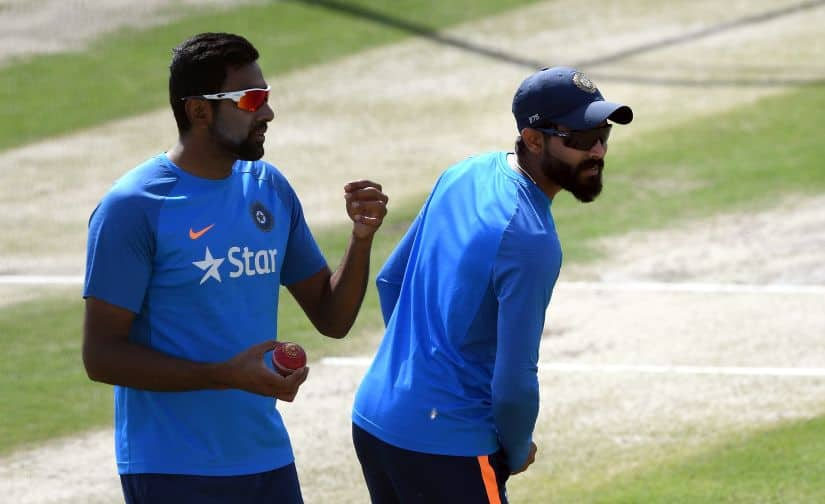 Ravichandran Ashwin (L) and Ravindra Jadeja are yet to play an ODI post the West Indies tour.[/caption] The shift is startling, but not surprising. Wrist-spin has been the flavour of season; six spots in the list of 20 leading ODI wicket-takers of the year have been taken by wrist-spinners, with Yadav being the only one to practice the art from his left hand. The signs of the revival of wrist-spin were visible in 2016, when four of the top 10 wicket-takers were leg-spinners, including the highest (Adam Zampa), the third (Adil Rashid) and the fourth-highest (Imran Tahir). It took India a while to realise the changing dynamics, and now that they have, they look in no mood to stop. This though, by no means, is the end of the road for Ashwin and Jadeja, and Prasad was zealous in his defence of the experienced spinners. “We keep repeating this. We have been consistent with Chahal and Axar. With every game they have been improving a lot. They should be given an extended run since they are doing very well. It is unanimous. It is not that the road is end for Ashwin and Jadeja. When we picked these three boys (Yadav, Chahal and Axar), we wanted to increase the bench strength in the spin department. Today, we have five-six quality spinners that are aiming for these slots,” he said. Prasad insisted that Ashwin and Jadeja will be kept in short-format reckoning by giving them enough gametime in domestic matches, while reiterating the rationale behind persisting with the new boys. “They (Ashwin and Jadeja) have played enough cricket and have enough number of wickets under their belts. Only issue is we have tried these guys, and time and again they are winning games for you, it makes sense to continue with these guys for some time.” This also means India, like most international teams now, are in the process of identifying format-specific players. While the thinking is manifested in recent selections — KL Rahul, Washington Sundar, Basil Thampi, Mohammed Siraj, and Deepak Hooda being picked for T20Is alone being a case in point — it is the first time that the chief selector has spelled it out in as many words. “We will definitely pick new boys for T20Is. I would also like to say we are moving towards that direction — having specialists for different formats of the game. We are targeting No 1 in all formats,” he added. To that end, the exclusion of Umesh Yadav, who has been quite impressive in Tests, makes sense. The pacer took four Australian wickets in the last ODI he played, in September, but that he conceded 71 runs in bargain underlines his tendency to leak runs. His economy of 5.94 is worst among all frontline Test pacers India are carrying to South Africa. With Ishant Sharma, who last played an ODI in January 2016, he is the most experienced fast bowler in Test team, but their consistent absence from the 50-over format underlines the fact that the selectors view Jasprit Bumrah, Mohammed Shami and Bhuvneshwar Kumar as short-format specialists. It’s no doubt a brave move, something that hasn’t been explicitly experimented with in India as it challenges the pecking order. The times though, are changing.
Ravichandran Ashwin (L) and Ravindra Jadeja are yet to play an ODI post the West Indies tour.[/caption] The shift is startling, but not surprising. Wrist-spin has been the flavour of season; six spots in the list of 20 leading ODI wicket-takers of the year have been taken by wrist-spinners, with Yadav being the only one to practice the art from his left hand. The signs of the revival of wrist-spin were visible in 2016, when four of the top 10 wicket-takers were leg-spinners, including the highest (Adam Zampa), the third (Adil Rashid) and the fourth-highest (Imran Tahir). It took India a while to realise the changing dynamics, and now that they have, they look in no mood to stop. This though, by no means, is the end of the road for Ashwin and Jadeja, and Prasad was zealous in his defence of the experienced spinners. “We keep repeating this. We have been consistent with Chahal and Axar. With every game they have been improving a lot. They should be given an extended run since they are doing very well. It is unanimous. It is not that the road is end for Ashwin and Jadeja. When we picked these three boys (Yadav, Chahal and Axar), we wanted to increase the bench strength in the spin department. Today, we have five-six quality spinners that are aiming for these slots,” he said. Prasad insisted that Ashwin and Jadeja will be kept in short-format reckoning by giving them enough gametime in domestic matches, while reiterating the rationale behind persisting with the new boys. “They (Ashwin and Jadeja) have played enough cricket and have enough number of wickets under their belts. Only issue is we have tried these guys, and time and again they are winning games for you, it makes sense to continue with these guys for some time.” This also means India, like most international teams now, are in the process of identifying format-specific players. While the thinking is manifested in recent selections — KL Rahul, Washington Sundar, Basil Thampi, Mohammed Siraj, and Deepak Hooda being picked for T20Is alone being a case in point — it is the first time that the chief selector has spelled it out in as many words. “We will definitely pick new boys for T20Is. I would also like to say we are moving towards that direction — having specialists for different formats of the game. We are targeting No 1 in all formats,” he added. To that end, the exclusion of Umesh Yadav, who has been quite impressive in Tests, makes sense. The pacer took four Australian wickets in the last ODI he played, in September, but that he conceded 71 runs in bargain underlines his tendency to leak runs. His economy of 5.94 is worst among all frontline Test pacers India are carrying to South Africa. With Ishant Sharma, who last played an ODI in January 2016, he is the most experienced fast bowler in Test team, but their consistent absence from the 50-over format underlines the fact that the selectors view Jasprit Bumrah, Mohammed Shami and Bhuvneshwar Kumar as short-format specialists. It’s no doubt a brave move, something that hasn’t been explicitly experimented with in India as it challenges the pecking order. The times though, are changing.
By ignoring Ravichandran Ashwin and Ravindra Jadeja, India, like most international teams now, are in the process of identifying format-specific players.
Advertisement
End of Article


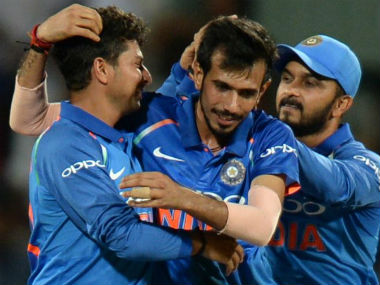)
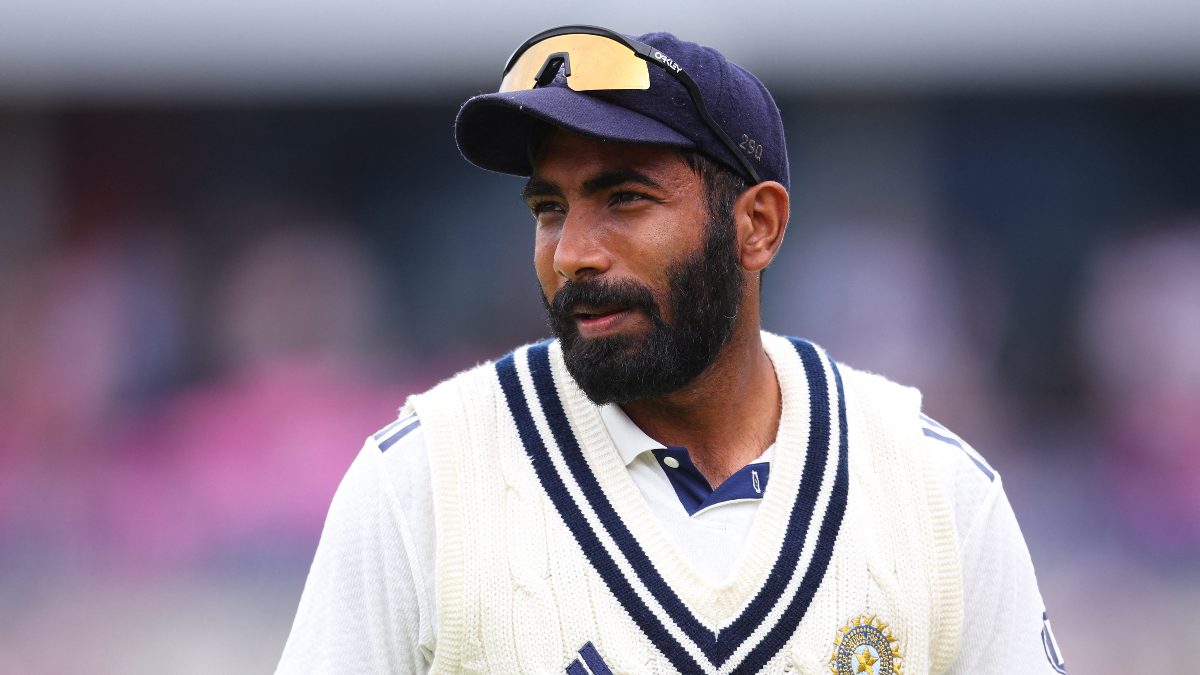
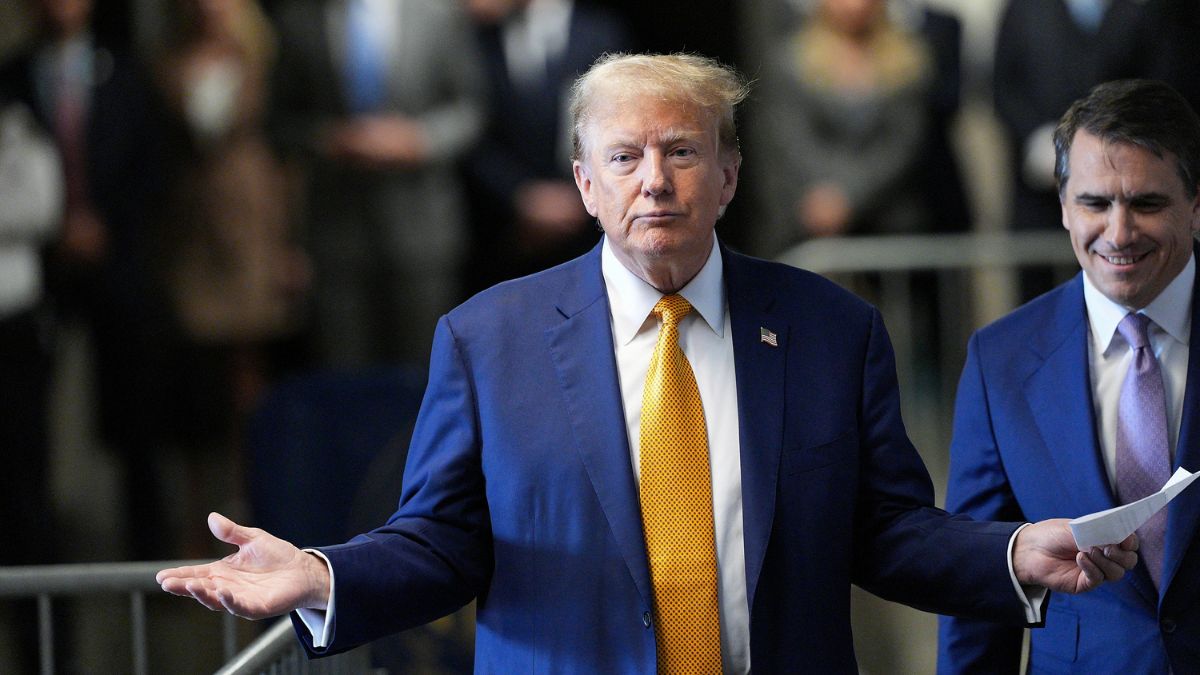)
)
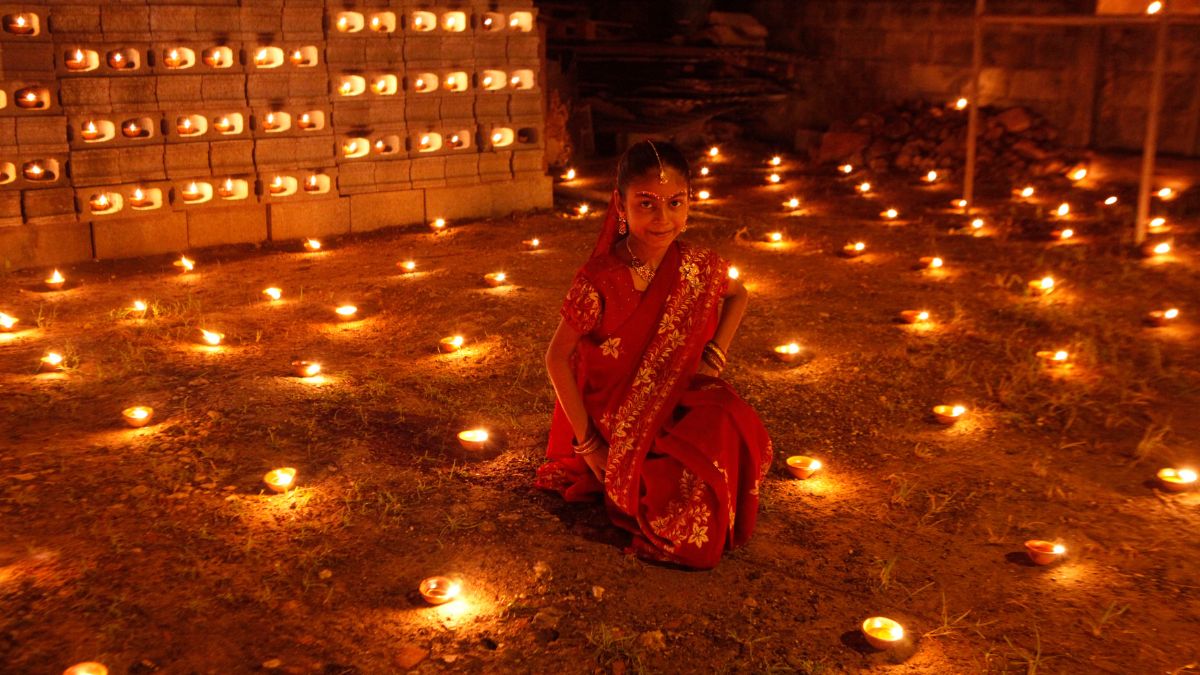)
)
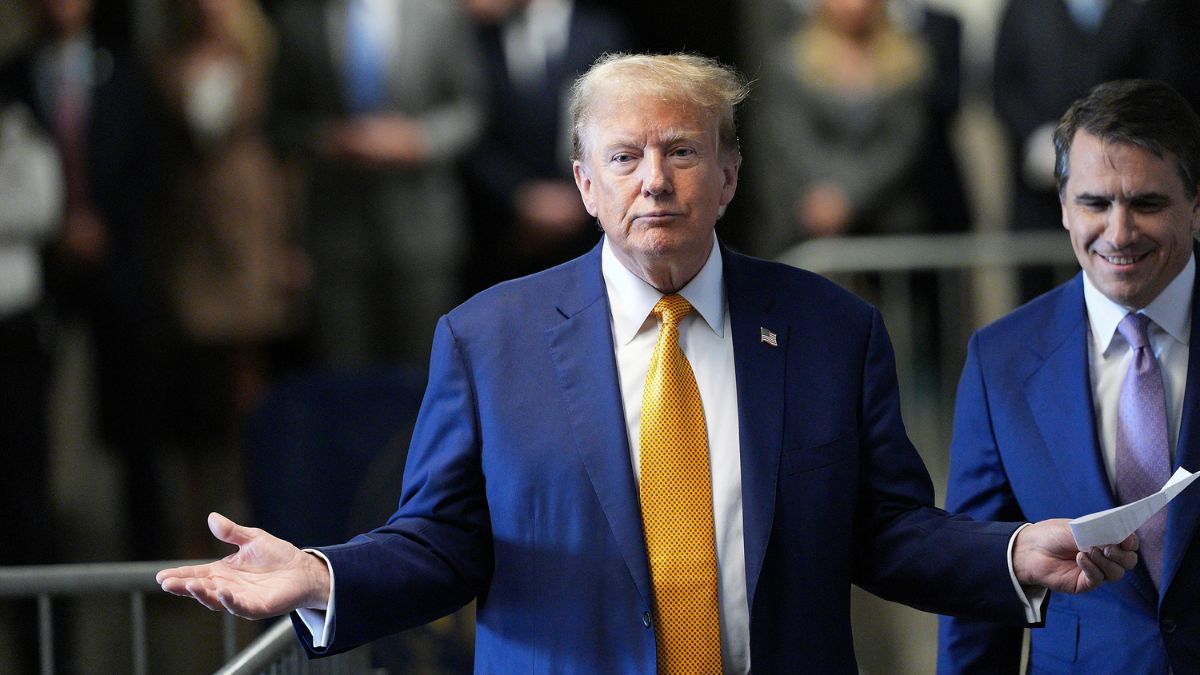)
)
)
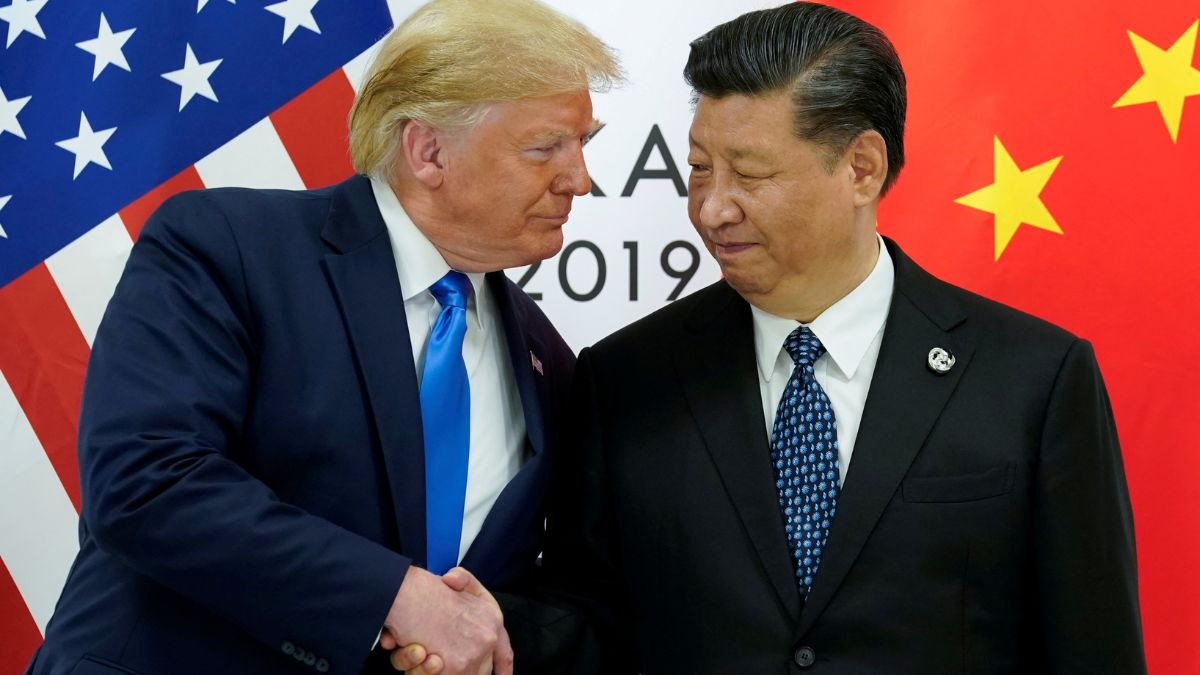)



